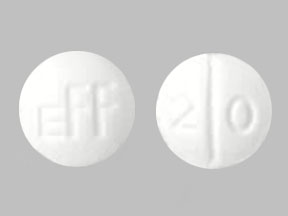Neptazane Interactions
There are 254 drugs known to interact with Neptazane (methazolamide), along with 11 disease interactions. Of the total drug interactions, 22 are major, 227 are moderate, and 5 are minor.
- View all 254 medications that may interact with Neptazane
- View Neptazane disease interactions (11)
Most frequently checked interactions
View interaction reports for Neptazane (methazolamide) and the medicines listed below.
- Aciphex (rabeprazole)
- amlodipine
- aspirin
- Aspirin Low Strength (aspirin)
- Azopt (brinzolamide ophthalmic)
- brimonidine ophthalmic
- bumetanide
- colchicine
- Cymbalta (duloxetine)
- Diamox (acetazolamide)
- Dilaudid (hydromorphone)
- Dyrenium (triamterene)
- Flonase (fluticasone nasal)
- fluoxetine
- fluticasone nasal
- Hydrea (hydroxyurea)
- hydrochlorothiazide
- Inspra (eplerenone)
- Januvia (sitagliptin)
- Lasix (furosemide)
- Linzess (linaclotide)
- lisinopril
- Lozol (indapamide)
- Lyrica (pregabalin)
- metformin
- methotrexate
- metolazone
- Neurontin (gabapentin)
- omeprazole
- Xalatan (latanoprost ophthalmic)
Neptazane disease interactions
There are 11 disease interactions with Neptazane (methazolamide) which include:
- bone marrow depression/blood dyscrasias
- adrenal insufficiency
- closed-angle glaucoma
- hypokalemia
- hyponatremia
- severe kidney disease
- severe liver disease
- respiratory acidosis
- diabetes mellitus
- gout
- metabolic acidosis
More about Neptazane (methazolamide)
- Neptazane consumer information
- Compare alternatives
- Drug images
- Side effects
- Dosage information
- During pregnancy
- Drug class: carbonic anhydrase inhibitors
- Breastfeeding
Related treatment guides
Drug Interaction Classification
| Highly clinically significant. Avoid combinations; the risk of the interaction outweighs the benefit. | |
| Moderately clinically significant. Usually avoid combinations; use it only under special circumstances. | |
| Minimally clinically significant. Minimize risk; assess risk and consider an alternative drug, take steps to circumvent the interaction risk and/or institute a monitoring plan. | |
| No interaction information available. |
See also:
Further information
Always consult your healthcare provider to ensure the information displayed on this page applies to your personal circumstances.


